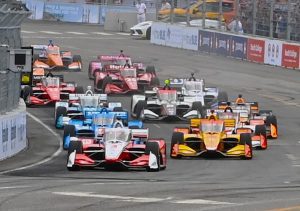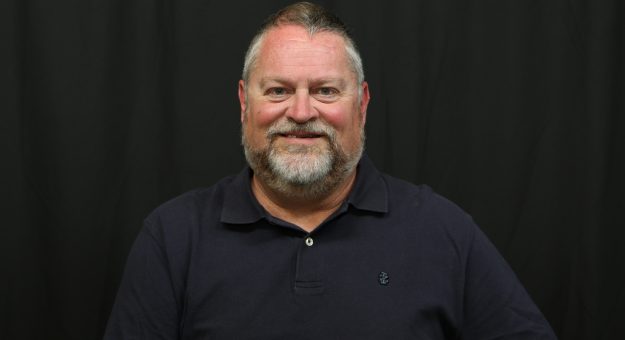INDIANAPOLIS — During the closing weeks of 2022, IndyCar revealed that after much testing and consideration, it’s highly anticipated 2.4-liter engine with hybrid-assist would not make the starting grid in 2024.
The engine package was supposed to start competition in 2023, but supply-chain issues in early 2022 moved it back to the start of the 2024 schedule.
When Chevrolet and Honda agreed to the new engine platform, it was essential that IndyCar find a third engine manufacturer to join the series to make financial sense.

By moving from the current 2.2-liter engine to 2.4 liters, costs for both Honda and Chevrolet would increase, so the number of engine leases would have to be reduced.
Meanwhile, IndyCar’s car count continued to grow — a very positive sign for the series. This year, most of the races could have 27 to 28 cars on the starting grid. That number hasn’t consistently been that high since the early to mid-1990s in CART.
Any growth beyond that would further stress the budgets and the capacity of Honda Performance Development and Ilmor, which builds the Chevrolet IndyCar engine.
Even with the business horsepower of Roger Penske as the owner of IndyCar, Indianapolis Motor Speedway and the Indianapolis 500, efforts to convince a third OEM to join IndyCar have failed. Some manufacturers have expressed more interest than others, but none are willing to commit to an IndyCar engine program.
With a growing field of teams and cars, the numbers just didn’t add up for Honda and Chevrolet to continue with the 2.4-liter engine that was expected to return the cars to the 1,000-horsepower range.
Honda and Chevrolet couldn’t commit to more than 8-10 cars if IndyCar moved forward with the 2.4-liter engine. That could have trimmed the current IndyCar field by about eight to 10 cars.
Another option would have been to double or even triple the cost of an engine lease, something no team would have approved.
To keep a “sustainable” entry list of growing teams, IndyCar announced on Dec. 6 that it was “pausing” the 2.4-liter engine program.
Beginning in 2024, the hybrid-assist unit will be paired with the 2.2-liter engine instead of the more robust 2.4-liter powerplant.
In a craftily worded statement, IndyCar explained its rationale:
“With the introduction of the hybrid motor, the 2.4-liter engine will be paused to allow the innovative hybrid technology to be paired with the proven 2.2-liter twin-turbocharged V-6 engines.
“The 2.2-liter IndyCar engines supplied by Honda and Chevrolet have provided the most competitive racing in the world,” IndyCar President Jay Frye said. “The 2024 hybrid engine package will provide even more excitement with horsepower increases over the current engine.”
Fans, drivers and team members alike expressed disappointment over the decision to switch gears away from the 2.4-liter engine.
But without a third engine supplier, the decision was inevitable.
“I’m disappointed, I would agree with that,” Chip Ganassi Racing managing director Mike Hull told SPEED SPORT. “I’m probably in the choir up to a certain point. But I understand the reality of growing the series.
“I look at it as the result of growth. If you are trying to have stronger teams, better teams, teams that are working hard to find financing to move them forward and you can save them $1 million, you must consider that.”
Hull has read the negative reaction on social media. Much of it is from fans who believe that once again, IndyCar has let them down from the prospect of seeing an Indy car returned to the “Beast” days of 1,000 horsepower.
“I see a lot of negativity there,” Hull said. “I’m thinking to myself, ‘are these people really invested in the series?’ That’s not a slam on anybody in particular; it’s a directional point.
“If you are starting a team or growing a team and somebody says to you, ‘we can save you $1 million in 2023’ and that keeps you on the grid for 17 weekends, what do you think about that?
“Now, the same people are going to say after we race at St. Petersburg, ‘that’s one of the best races I’ve ever seen,’” Hull continued. “Now, did we talk about the 2.2-liter engine? Or did we talk about the drivers? Did we talk about the arena of where we are?
“That’s what racing to me is all about. It’s about the drivers. It’s about the teams. We want to talk about Honda. We want to talk about Chevrolet. We want to talk about Firestone. But the reality is, we talk about the motor race.
“To me, motor racing has been that way since the wheel was first invented.”
This story appeared in the Jan. 18 edition of the SPEED SPORT Insider.

